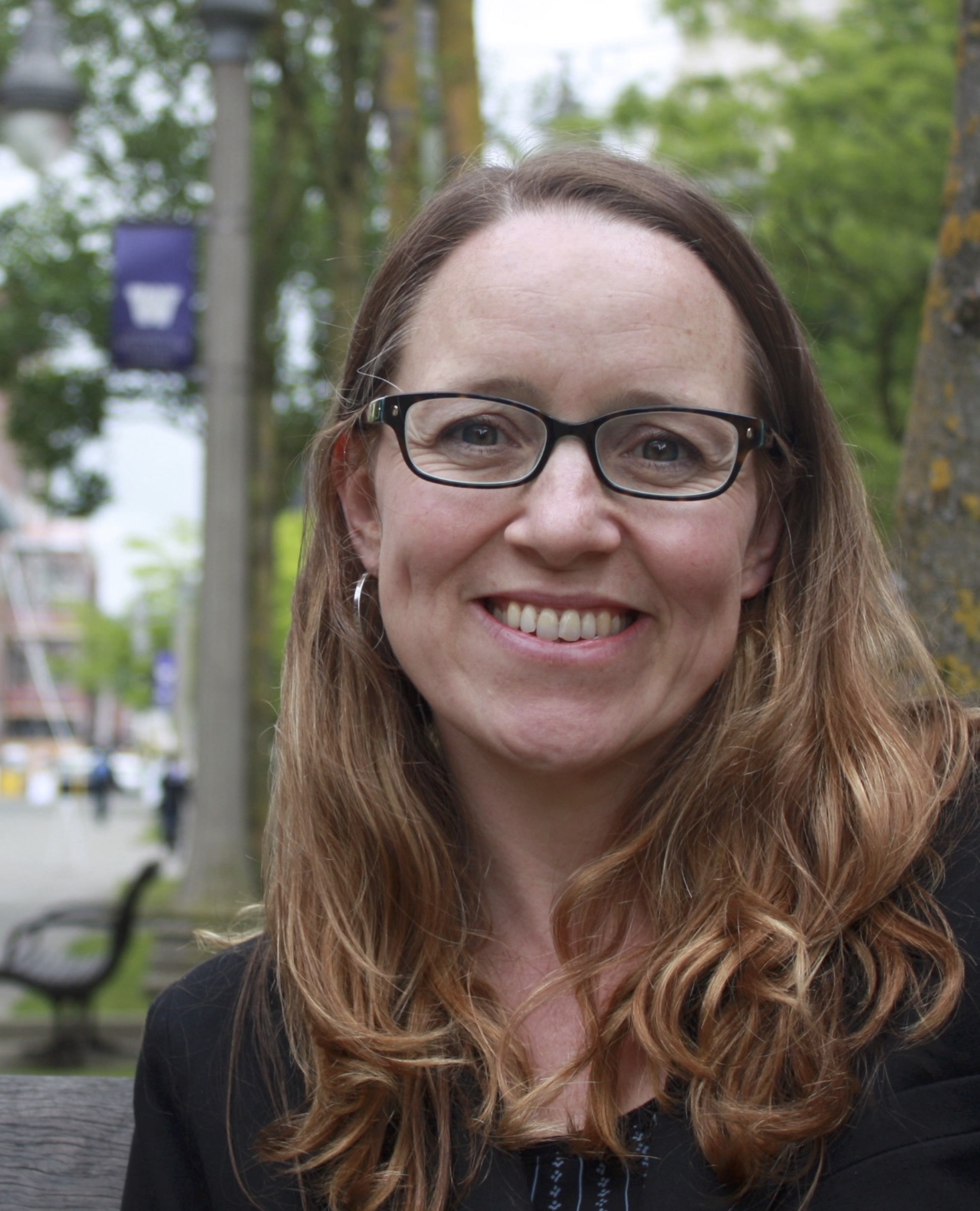Cited By
View all- Pivin-Bachler Jvan den Broek EGomez R(2024)Handling sensory disabilities in a smart societyJournal of Smart Cities and Society10.3233/SCS-2300193:1(3-21)Online publication date: 1-Mar-2024
- Rose ETurner H(2023)Trust the Process: A Scalable Model for UX PedagogyJournal of Technical Writing and Communication10.1177/00472816231210234Online publication date: 6-Nov-2023
- Hadadi SSarsenbayeva ZKay J(2023)Starting well on design for accessibility: analysis of W3C's 167 accessibility evaluation tools for the design phaseProceedings of the 25th International ACM SIGACCESS Conference on Computers and Accessibility10.1145/3597638.3614474(1-7)Online publication date: 22-Oct-2023



